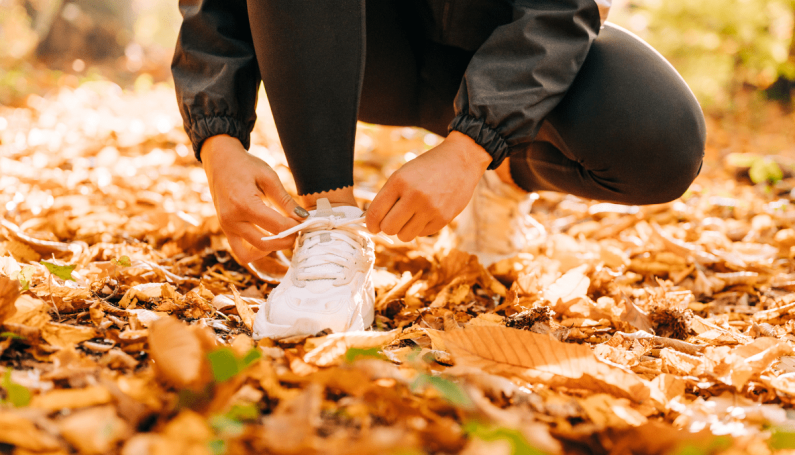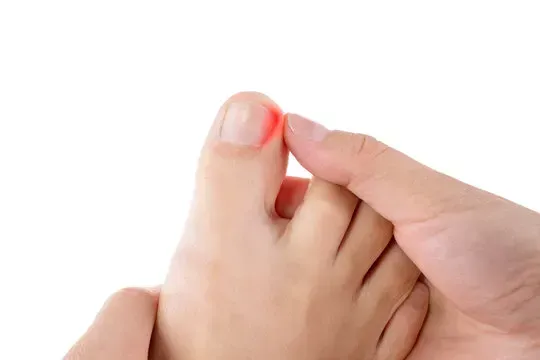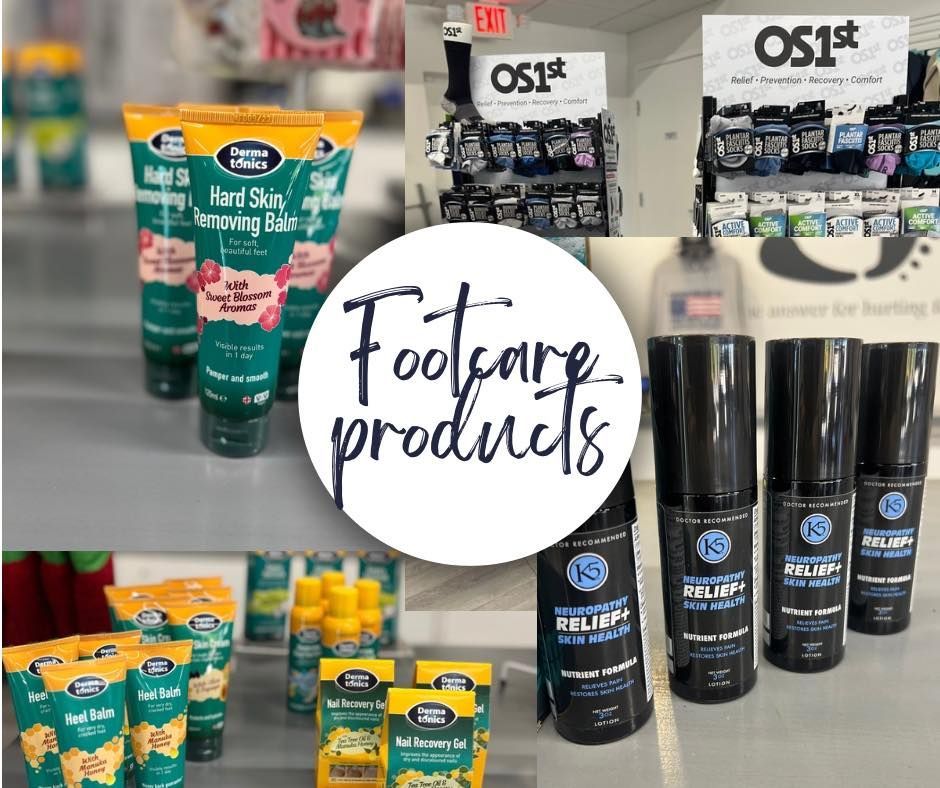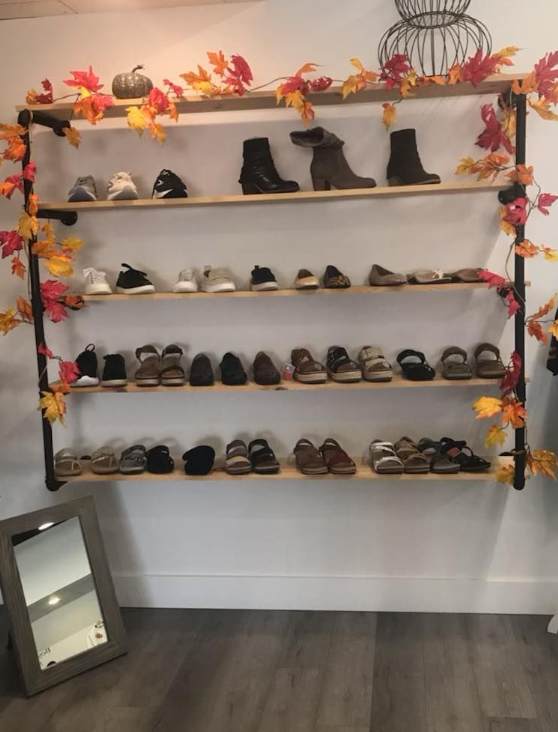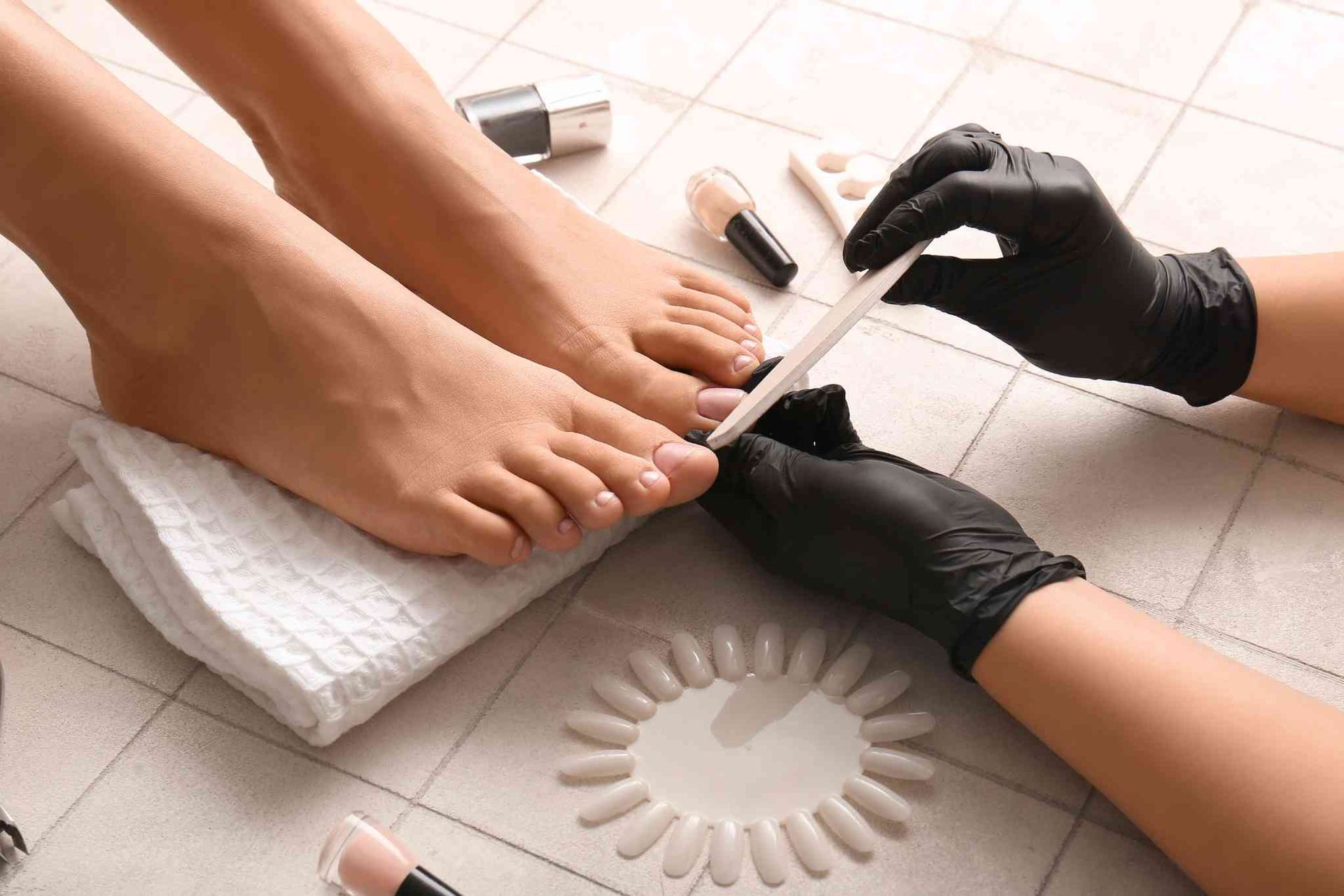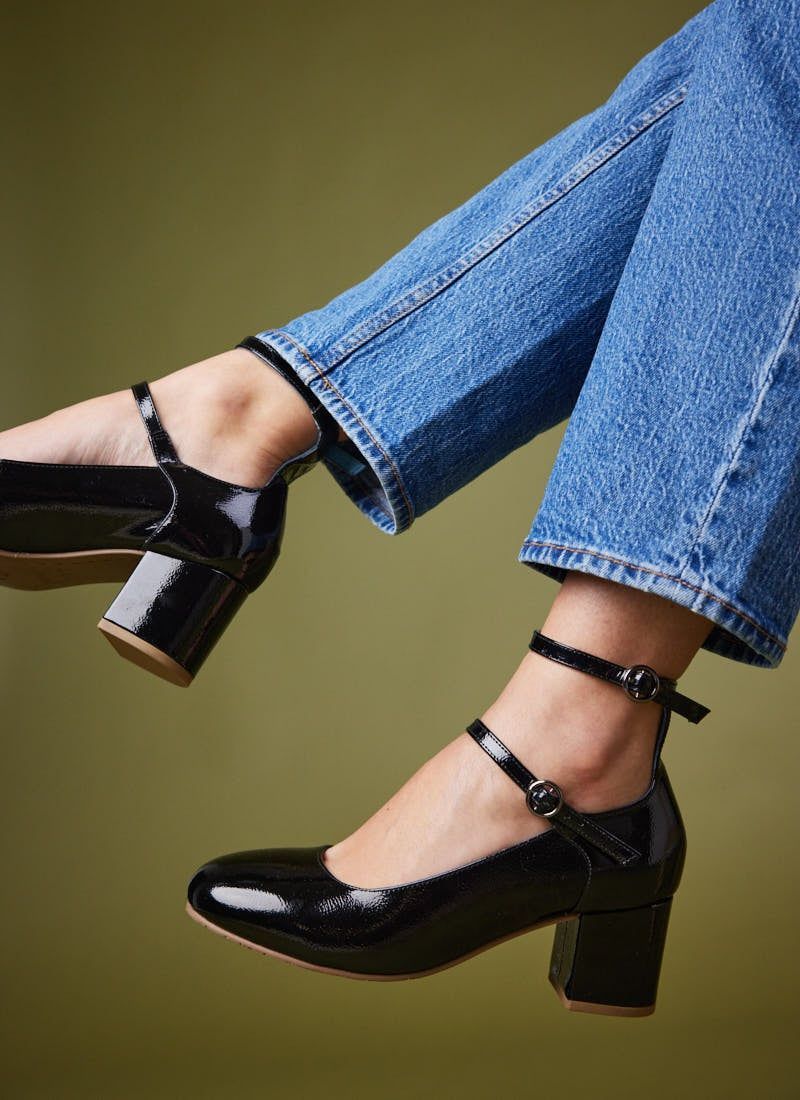Post Title
"Insert" Here
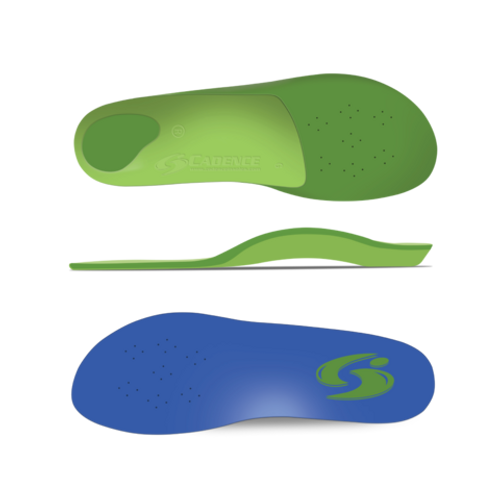
Insoles (or shoe inserts) are usually recommended for plantar fasciitis, but do they actually help? Which ones should you go for? And is it even worth your time and money?
Orthotics, often referred to as insoles, are specially designed shoe inserts that can provide meaningful relief for those dealing with painful foot conditions like plantar fasciitis. They serve a vital purpose not just for athletes but also for anyone looking to improve their comfort while standing or walking.
Insoles come in a variety of shapes and sizes, tailored to fit individual needs. Their firmness and flexibility can differ based on what works best for each person’s unique situation. Made from an array of materials such as soft EVAs (ethyl-vinyl acetates), gel, foam, cork, moldable plastics, and even carbon fiber, these insoles aim to support and protect your feet while enhancing natural function. Your well-being is important; finding the right insole could make all the difference in reclaiming your daily activities with greater ease and comfort.
The term “insoles” is often used to describe various shoe inserts, while orthotics specifically refers to insoles designed for particular foot benefits. In simple terms, every orthotic is an insole, but not all insoles are considered orthotics. We understand this can be a bit confusing, so we've taken the time to clearly outline each type of orthotic and insole for your convenience. Your comfort and understanding are our top priorities.
Supportive orthotic insoles are designed to offer your feet the added support they truly need. They come in various levels of firmness and designs tailored to meet specific requirements. Whether you need extra arch support, shock absorption, control for supination, or metatarsal lift, there's an option that can help. Many of these insoles also incorporate additional cushioning for enhanced comfort. It's all about finding the right balance to keep your feet happy and healthy.
Prefabricated insoles are premade insoles constructed from hard, soft, firm, flexible, or a combination of these materials, depending on the type you choose. They are less expensive than custom insoles and easy to find and fit.
Main features and functions of prefabricated insoles include:
- Non-customized but available in different design ranges and can be cut to size
- Each range provides generic yet distinct levels of cushioning and arch support for various conditions, uses, foot and shoe types
- Longer lasting than soft insoles (6 months – 2 years)
- Can be used in different shoes
Custom insoles are thoughtfully designed using specialized materials tailored to the specific support and cushioning needs of each individual. While they can be a bit costly and take some time to create—typically around 2 to 4 weeks—they're not always easy to access, as they require expertise in fitting and manufacturing. Your comfort is worth this extra effort.
Main features and functions of custom insoles include:
- Individually prescribed by a podiatrist after a thorough assessment
- Customized to your foot structure, walking pattern, and shoe type from a cast or using a foot scanner
- Longer lasting (shell: 2 – 5 years; cover: up to 2 years)
- Do not change shape
- Control joint motion and maintain optimal foot alignment
Customized insoles might be the right choice for you if:
- You’ve experienced positive results with prefabricated insoles and are looking for a more personalized option that offers a comfortable, “glove-like” fit.
- If you haven’t found relief through methods like taping, exercises, load management, or lifestyle changes, experts often recommend considering custom insoles as the next step in your journey to comfort.
- Additionally, if your foot shape puts you at risk for plantar fasciitis—such as having flat arches with very flexible ligaments that can make it tough to control movement while walking or running, or having stiff high arches that reduce flexibility—you may benefit from a customized approach.
There is no “one-size-fits-all” option for plantar fasciitis because everyone’s symptoms and situation are unique. Here at Bogers Shoes, we understand how it can impact your quality of life. Instead of spending THOUSANDS on treatments, let us help you choose from over 20 different types of inserts to fit your needs here at our store, located at 845 Blanding Blvd., Orange Park, FL 32065
Plus, our in-store inserts come with a 60-day Money- Back Guarantee!
Together, lets put an end to foot pain!

